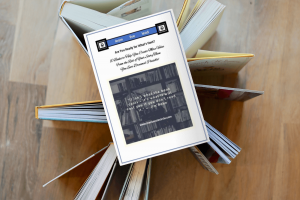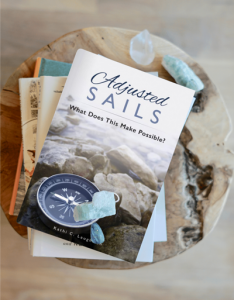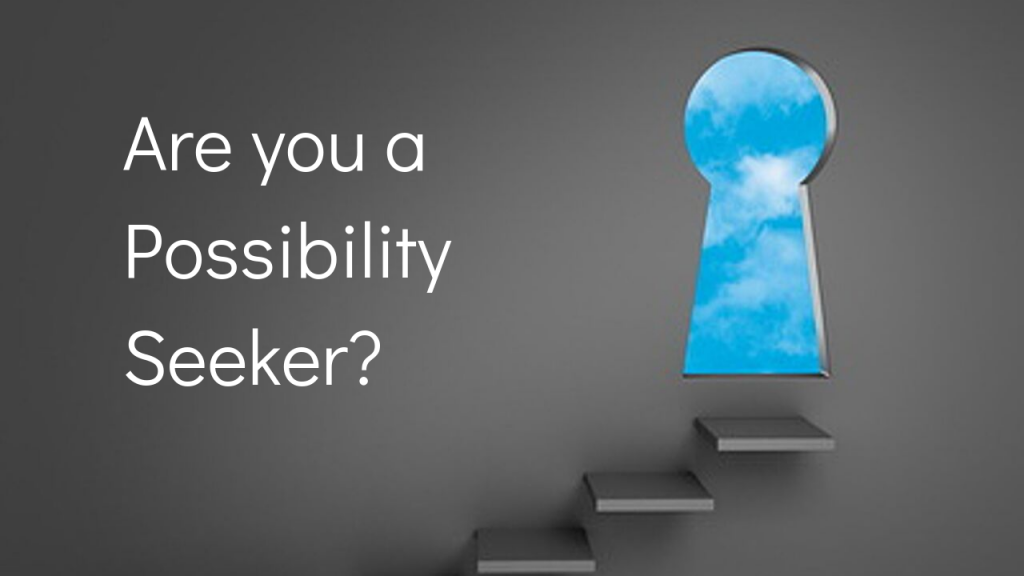Sometimes we create challenges where they do not exist. And most of the time, it comes down to communication. One personal experience as a business owner was in the area of marketing and understanding the importance of “knowing” my audience. I went into analysis over-drive. I was being told at every turn that before I could create value for anyone, I had to first choose a “someone”. So who do you choose? There was the conundrum. It also became clear to me that to make that decision you had to first understand yourself and be able to see where your own passion would bring you. For some, the passion is in serving a particular group of people. For others, it is providing a very specific value. It starts there. Which comes first? Who you serve or how you serve them? It doesn’t matter. It only matters that you choose one and then make sure the other side of the pairing fits.
As I began to delve into this it became clear to me that my passion was in the message. In order to determine what audience would be served by that message, I began to look deeper at why I cared about it. What was it that drove “it” front and center for me? Not surpisingly, it was the people. It was watching so many talented and gifted people be sidelined professionally simply because the places their skills had been applied was no longer a part of the economic landscape. There is an entire layer of management within the corporate environment that is disappearing. Not simply or solely because of the economy. It is disappearing because the market no longer needs it. Technologies and changes in lifestyle have streamlined everything about production. What does that mean? That means that those jobs are not coming back. And if you were in one of them, you have to make a choice. You can either mourn what has passed or embrace what is yet to come.
Dennis Waitley has been quoted as saying that: “We can’t afford to waste tears on what might-have-beens. We need to turn the tears into sweat that can take us to what can be.” That was my passion. Working with that group of people as a possibility partner. Helping them re-imagine a future better than the one they had planned. It was my story. And it became my message of hope.
As Seth Godin has so eloquently stated, we live in the time where somehow, someway – we find each other. And we connect. We put our ourselves out there with genuine caring and transparency so that we can recognize each other. And when we do, that’s when the miracles happen. So off to the market we go… There are lives to change. Especially our own.









